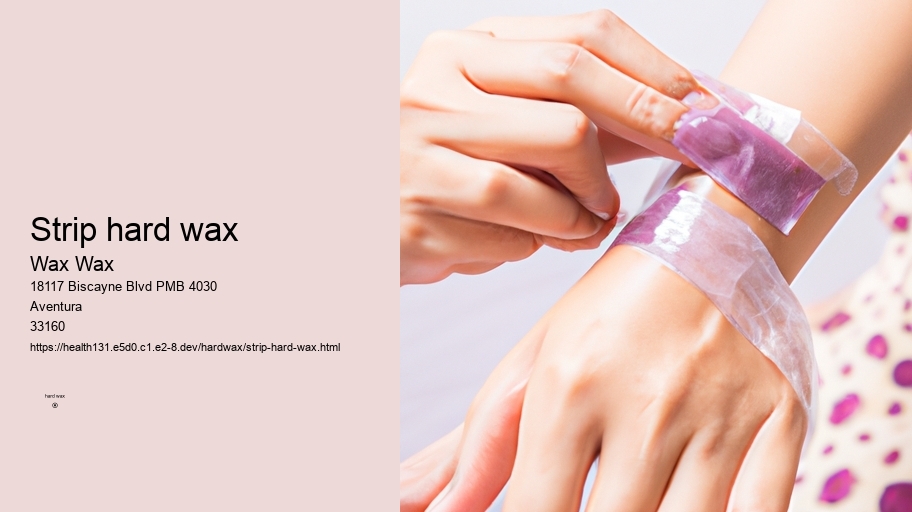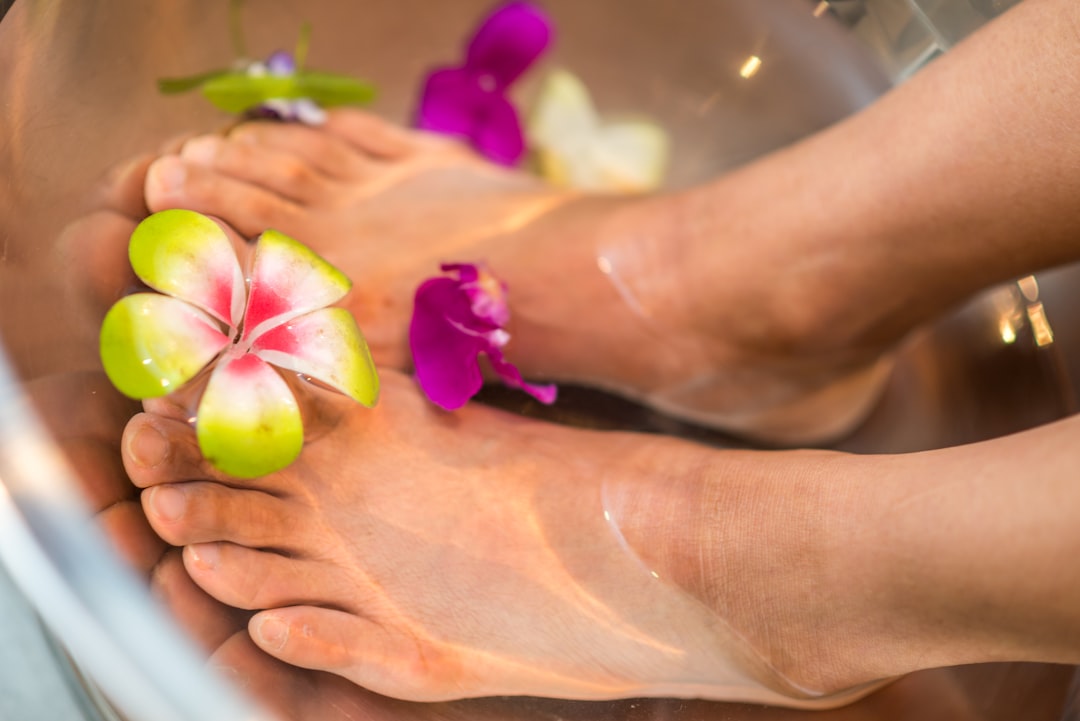

Reduced risk of ingrown hairs: Waxing helps prevent ingrown hairs by removing hair from the follicle. This reduces the likelihood of hairs getting trapped beneath the surface of the skin and causing irritation or infection.
What is waxing
Waxing can be done on various parts of the body, including eyebrows, face, legs, arms, and intimate areas. It offers long-lasting results compared to shaving or depilatory creams because it removes hair from the root. However, some people may experience pain during waxing, especially in sensitive areas.
Get the best hard wax products from Wax Wax.Waxing is a form of semi-permanent hair removal that involves applying a sticky substance, such as wax, to adhere to body hair and then removing this covering to pull out the hair from the follicle. New hair will not grow back in the waxed area for four to six weeks. Waxing can be done on various parts of the body, including eyebrows, face, legs, arms, back, abdomen, chest, and feet. There are different types of waxing methods available, such as strip waxing (soft wax) and stripless wax (hard wax and film wax). While waxing is an effective method for removing hair in large amounts at once and provides long-lasting results compared to shaving or using depilatory creams, it can also be painful and expensive. Some people may experience ingrown hairs or skin irritation after waxing.
Overall cost-effectiveness: While professional waxing may initially seem more expensive than DIY options, considering factors such as longevity and reduced need for additional products (like razors), it can be a cost-effective choice in the long run!
The modern practice of waxing has evolved over time, with different techniques and types of wax available. Strip waxing, which uses a thin layer of wax applied to the skin and removed with a cloth or paper strip, is one common method. Another method is stripless waxing, where hard or film wax is applied directly to the skin and removed without the use of strips.
Male chest before and after waxing.
This article is about the process of hair removal.
It's important to note that not everyone will need to take a pain reliever before waxing. Some individuals have a higher pain tolerance and may find the procedure more bearable without medication.
Hard Wax Hard wax is a popular choice for sensitive areas like the bikini line or face. It hardens after application and can be removed without using strips.
Upon arriving at the salon, you will be greeted by a receptionist and asked to fill out some necessary paperwork. This paperwork will include questions about your medical history and any allergies you may have (such as skin sensitivities). It is important to provide accurate information to ensure a successful waxing experience!
Don'ts:
Soy Wax: Soy wax is another gentle option for sensitive skin, made from natural ingredients that are less likely to cause allergic reactions or inflammation. (H3)
2. How can I minimize irritation for sensitive skin during waxing?
1. nova's hard wax How often should you get waxed?

Waxing is a form of semi-permanent hair removal that involves applying a sticky substance, such as wax, to the skin and pulling out the hair from the follicle. This method dates back to ancient civilizations, where various natural substances were used for hair removal.
Factors to consider when determining frequency of waxing
Waxing can be done on various parts of the body, including eyebrows, face, legs, arms, and intimate areas. best bead wax It offers long-lasting results compared to shaving or depilatory creams because it removes hair from the root. However, some people may experience pain during waxing, especially in sensitive areas.
It's best to avoid any moisturizers or oils on the day of your appointment. Instead, ensure that your skin is clean and dry before your waxing session to achieve the best results. By following this tip, you can help ensure a smoother and more effective waxing experience! In effect this means less pain and better hair removal outcomes.
The modern practice of waxing has evolved over time, with different techniques and types of wax available. Strip waxing, which uses a thin layer of wax applied to the skin and removed with a cloth or paper strip, is one common method. Another method is stripless waxing, where hard or film wax is applied directly to the skin and removed without the use of strips.
4. What precautions can be taken if sun exposure cannot be avoided after waxing?